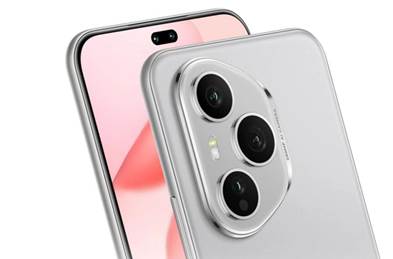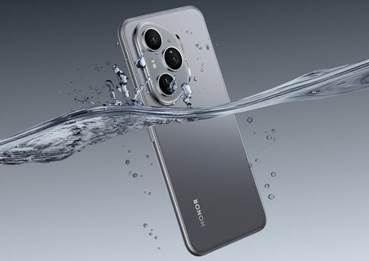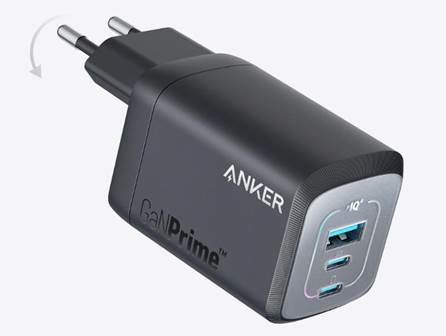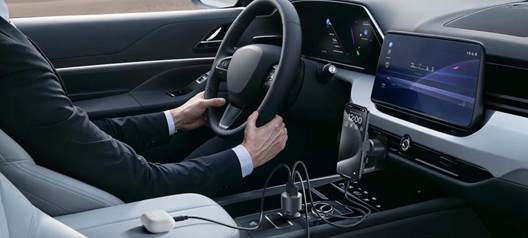Smartwatches have evolved from
niche gadgets to mainstream devices serving diverse user segments with varying
needs and preferences. The target audience encompasses multiple demographic
groups seeking different functionality from their wearable devices. This
analysis examines the primary user categories driving smartwatch adoption,
exploring how manufacturers tailor features to meet specific audience
requirements. From fitness enthusiasts to professionals, older adults to
tech-savvy youth, each group finds unique value in smartwatch capabilities.
Understanding these target audiences helps explain the product differentiation
in the market and reveals why certain features receive emphasis in particular
models while others remain secondary considerations in the competitive wearable
technology landscape.

Primary User Demographics and
Segments
Fitness and Health-Conscious
Consumers
Health-focused individuals are a
key smartwatch group, seeking detailed wellness and activity tracking. They
value accurate heart rate and GPS tracking, sleep analysis, and workout
recognition. Devices offering personalized health insights and motivational
features like goal setting appeal to them. The huawei watch gt6 pro stands out with advanced running metrics and science-backed
training guidance. These users prefer long battery life and waterproof designs
for continuous monitoring and swim tracking. This segment ranges from casual
exercisers to serious athletes. Manufacturers cater to them with sports
editions, advanced sensors, and fitness platform integration to track progress
and maintain workout consistency.
Professionals and Productivity
Seekers
Busy professionals are a key
smartwatch audience, prioritizing productivity and connectivity. They value
features like notification filtering, calendar sync, email previews, and quick
replies to stay connected without phone distractions during meetings or focused
work. They prefer sleek, professional designs with premium materials and
classic watch faces for business settings. Practical functions like contactless
payments, flight updates, and smart meeting reminders boost efficiency. Long
battery life and device compatibility are crucial. For them, smartwatches are
mainly productivity tools, emphasizing communication and time management over
advanced health tracking.

Specialized User Groups
Older Adults and Health Patients
Senior citizens and individuals
with specific health conditions represent a growing smartwatch demographic
seeking safety monitoring and health management features. These users
particularly value fall detection, emergency SOS functionality, medication reminders,
and simple health metric tracking that provides peace of mind for both wearers
and their families. Large, readable displays with intuitive, simplified
interfaces appeal to this audience, as does heart rhythm monitoring and
abnormal health alert systems that can prompt early medical intervention.
Family connectivity features that allow relatives to monitor elderly wearers'
activity patterns and location provide additional security for aging
populations. Manufacturers target this segment with simplified operating
systems, enhanced durability, and specialized health features that address
age-related concerns while maintaining accessibility for those less comfortable
with technology.
Technology Enthusiasts and Early
Adopters
Tech-savvy users who embrace
innovation form another important smartwatch audience interested in
cutting-edge features and experimental functionality. These consumers seek the
latest specifications, premium materials, and advanced capabilities that demonstrate
technical progress and exclusivity. They value standalone connectivity,
comprehensive voice assistant integration, and extensive compatibility with
emerging smart home ecosystems and other IoT devices. This audience appreciates
regular software updates that introduce new features and often serves as
influencers within their social circles regarding technology adoption trends.
Manufacturers target these users with flagship models featuring the most
advanced processors, superior display technology, and experimental functions
that may eventually trickle down to mainstream models. These early adopters
essentially help companies test and refine new concepts in wearable technology
before broader market release.
Youth and Fashion-Conscious Users
Younger consumers and
style-oriented users represent a significant demographic that views
smartwatches as both functional devices and fashion accessories. This audience
prioritizes customizable watch faces, interchangeable bands, and stylish
designs that can be coordinated with different outfits and occasions. They
value social connectivity features, music control, and camera integration that
enhance their digital lifestyle and social media engagement. Affordable
pricing, vibrant color options, and trendy collaborations with popular brands
or influencers particularly appeal to this segment. Manufacturers target these
users with fashion-forward designs, social features, and personalization
options that allow expression of individual style while maintaining the core
functionality expected from modern wearable technology.
Parents and Family-Oriented Users
Parents with children and
family-focused individuals comprise another growing segment seeking
smartwatches for safety and coordination purposes. These users value family
location tracking, geofencing alerts, and simple communication features that
help maintain family connectivity and security. Parental controls, school mode
settings, and durability features appeal to those purchasing devices for
children, while quick contact options and emergency features provide peace of
mind for all family members. This demographic often prefers longer battery life
and robust construction that can withstand active family lifestyles.
Manufacturers target this audience with family-focused features, shared
activity challenges, and multi-device compatibility that enhances family
coordination and safety through connected technology.
Conclusion
The smartwatch market is
diversifying quickly, fueled by tech progress and changing user needs across
demographics. Once mainly for tech fans, modern smartwatches now serve various
lifestyles with features for health, productivity, safety, and social connection.
Brands recognize different groups prioritize distinct functions, leading to
specialized devices for specific lifestyles or ages. The Huawei watch gt6 pro
shows this trend, offering versatile features for health and convenience. This
understanding explains the market's growth and suggests future innovations as
smartwatches shift from generic to purpose-built wearables for defined user
segments.



